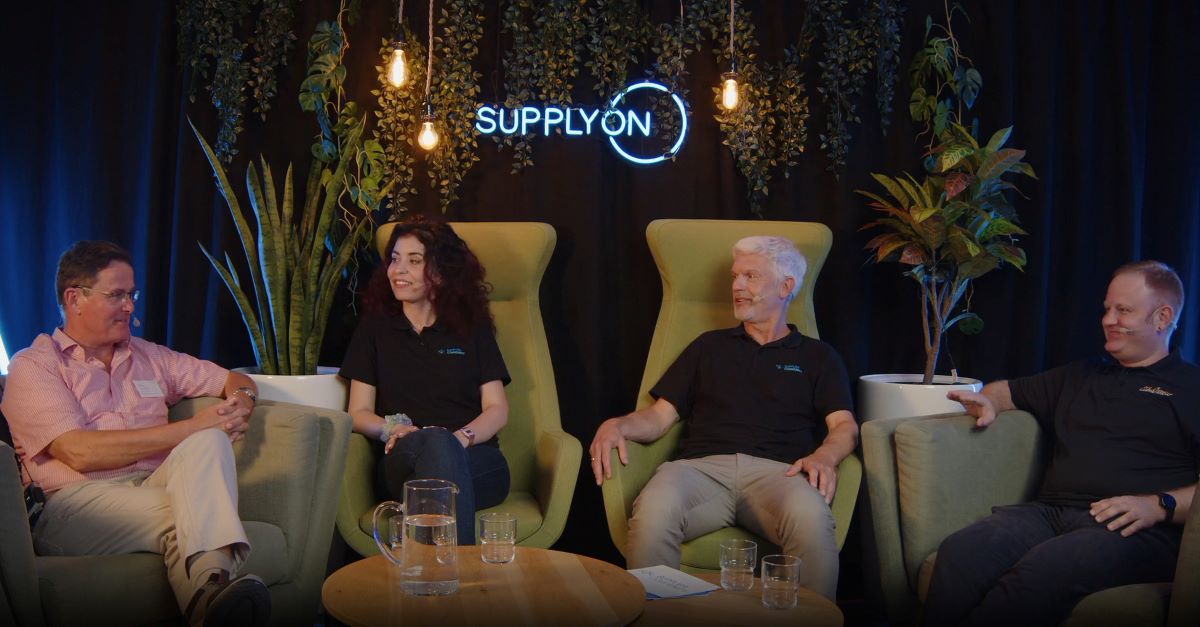Digital collaboration in the railway industry – optimized with RailSupply
![]()
Thorsten Fülling, Director of Consulting at SupplyOn AG, gave Privatbahn Magazin #05/2015 an interview on the subject of “Collaboration between suppliers and production companies in the railway industry“.
Mr Fülling, what are the greatest challenges in the supply chain at present between suppliers and production companies in the railway industry?
The biggest challenge for the railway industry stems from the effects of globalization in the procurement markets. The fact that this industry has no generally applicable standards with respect to supply chain processes results in highly complex and variable processes, particularly when purchasing from a global market. Furthermore, the rail industry too has seen the depth of production become considerably smaller in recent years, while the increased division of labour has led to a higher level of interaction and collaboration in the respective processes. Moreover, the railway industry has been forced to raise its productivity due to persistent cost pressure, in order to remain competitive in a future global environment.
To what extent will the demands in the rail industry change?
The trends just described will become increasingly intensified and lead to an exponential rise in complexity across several levels. First of all on the product level, with its increased numbers of materials, versions and short-term changes. Secondly on the process level, with the rising degree of variation in supplier processes and data formats. And thirdly at management level, due to the longer supply chains and the integration of more and more suppliers and global partners in the production process.
If this increase in complexity is not kept under control, there is a threat of impending problems in logistical performance, such as reduced delivery dependability, increased error rates and longer delivery times. This in turn leads to a fall in the company’s position among the competition. For rail operators, this means dissatisfied customers and for system integrators a loss of orders.
Why are online collaboration platforms a practicable way of coping with the changed and increased demands?
The key to countering the rising demands can be found in mastering complexity and increasing transparency. Complexity can be kept under control once binding standards have been successfully implemented on the process and data levels that are practiced throughout several stages of the supply chain and used throughout the industry.
An increase in transparency can be attained when data is not simply sent back and forth between the links in the supply chain and processed by the respective internal systems, but when people work together in a joint system and all participating partners share a common view. From a system-technical point of view, this is only possible with an online collaboration platform. However, in order to successfully introduce processes that are binding both globally and throughout the industry, then it cannot simply be just any online platform. It will only work on an industry-tailored platform that models the processes of the rail industry. And it is precisely this that SupplyOn has succeeded in creating with RailSupply.
So how does the RailSupply platform work and who uses it?
The entire purchase-to-pay process is handled transparently for both sides through the RailSupply platform: from the order – including the order confirmation and any alterations to the order – all the way to delivery notification, invoicing and quality-based complaints. What is special about it is the fact that the entire railway industry accesses one and the same system. For a supplier who provides, for example, both Siemens and Bombardier with production materials, supplies spare parts to Deutsche Bahn and provides another supplier with components, the advantage is that he can process all of these transactions in one system.
When the entire industry really works in a joint system, it means a considerable increase in efficiency for all those in the supply chain – from rail operators to train builders to small suppliers. The automobile and aerospace industries led the way and have been handling their supply processes, including quality and transport management, through SupplyOn for many years already. So now the rail industry can also profit from this profound process know-how and a global network that connects more than 12,000 companies.
So what are the concrete benefits?
Of course, the concrete benefits to a rail operator are somewhat different to those of a tier-2 supplier. But what everyone benefits from to the same degree is the transparent, structured and standardized exchange of information. Thanks to the integrated processes, media discontinuities are avoided and manual activities virtually eliminated. This can reduce costs in the relevant sub-processes by up to 30%.
A company in a purchasing role will appreciates the increase in supply security. For example, the delivery reliability of spare parts has been increased by 15-20% while inventory levels have been reduced by 5-15%.
Transparency helps all supplier companies to plan and control their production more efficiently by allowing them to take into account their customers’ current requirements. Across the board, costs caused by errors can be drastically reduced. Direct costs resulting from shortages, emergency processes and contractual penalties, etc. can in many cases be completely avoided and reduced in total by around 35 %.
A more stable parts supply process, for instance, means that rail operators can better plan their train maintenance operations so that they can be put back on the tracks as soon as possible. This increases passenger satisfaction. Here, every day is worth hard cash!



